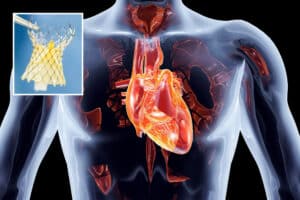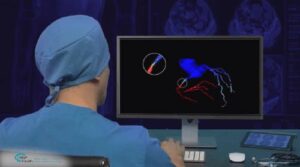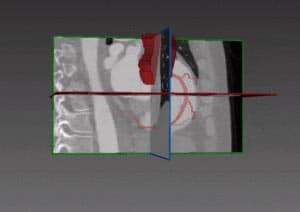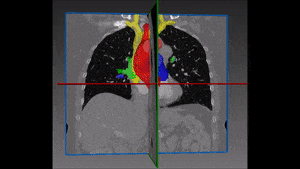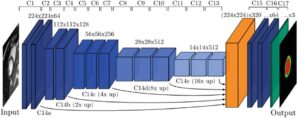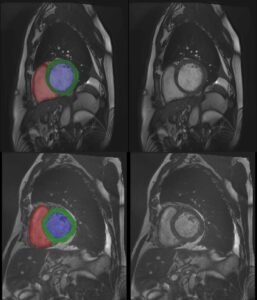Coronary artery disease (CAD) or ischemic heart disease (IHD) has become one of the most common causes of morbidity and mortality worldwide. Patients who suffer from CAD, usually have accumulation of deposits such as lipids and inflammatory cells within the coronary arteries, potentially causing abnormal blood flow to the heart muscle due to vessel stenosis, causing ischemia and permanent damage to the heart.
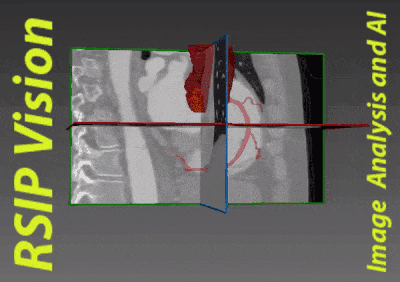
Sometimes, a sudden plaque rupture occurs within the coronary artery resulting in acute coronary syndromes (ACS). In these life-threatening cases, also referred to as myocardial infarction (MI) or unstable angina, percutaneous coronary intervention (PCI) could be indicated. Therefore, early diagnosis and treatment of CAD can possibly lower the occurrence of ACS and minimize mortality.
One of the most useful tools for CAD assessment is a coronary computed tomography angiography (CTA). As opposed to common invasive coronary angiography, CTA is non invasive and bears less risks for the patients, in addition to generating more detailed images of anatomical structures within the heart and around it. Moreover, it allows the physician to assess the vessel wall clearly.
Hence, creating a 3D segmentation of the coronary arteries allows the physician to easily assess the arteries structure, presence of stenosis or plaque and its exact location, and review the vessel’s wall, making it easier to evaluate the severity of CAD and prognosis. Furthermore, coronary segmentation could come to hand when planning invasive treatments such as coronary stent placement and could assist with surgical planning of coronary bypass.
Automated coronary arteries segmentation
RSIP Vision’s engineers developed a cutting edge deep learning algorithm for coronary arteries segmentation from 3D scans. In order to obtain data samples for the segmentation learning algorithm, RSIP Vision has also developed a fast semi-automatic annotation tool based on advanced image processing techniques, detecting vessel-like structures in a scan and distinguishing the coronary artery tree from other vessels.
Using the high-quality annotations produced by our tool as well as state-of-the-art neural networks, the deep learning model was trained by our engineers to perform a precise coronary arteries segmentation, ideal for evaluation and pre-operative planning. Want to check how to apply this model to your project? Contact us now!

 Cardiology
Cardiology